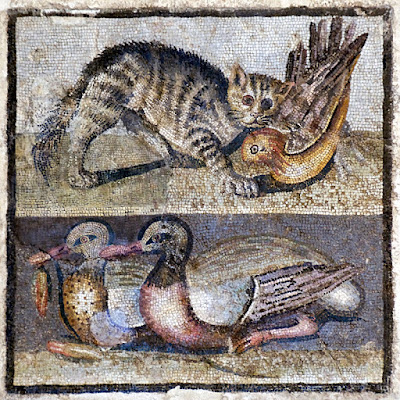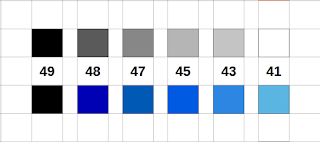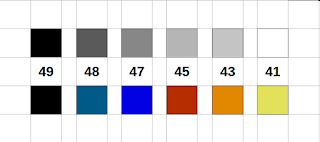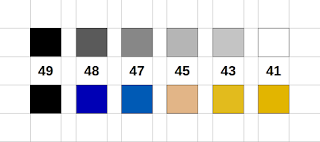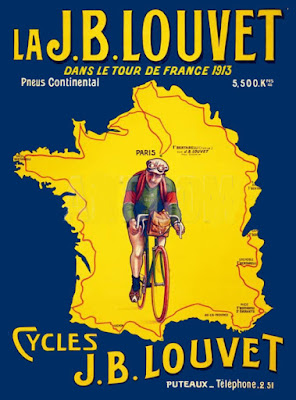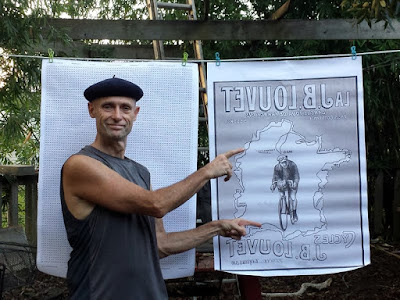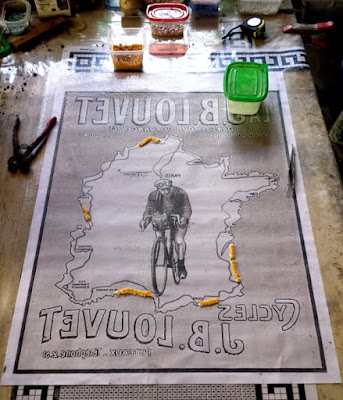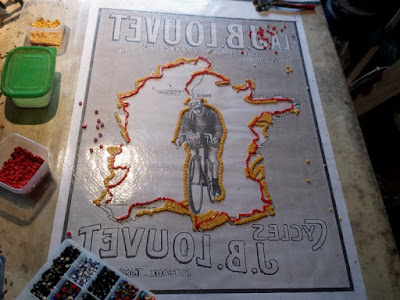The destiny of Works of Art can be surprising !
In the 2015 movie Woman in Gold an elderly Jewish refugeefights the Austrian Government to reclaim a portrait by Gustav Klimt of her aunt Adele Bloch-Bauer, portrait which had been stolen by the Nazis prior to World War II.
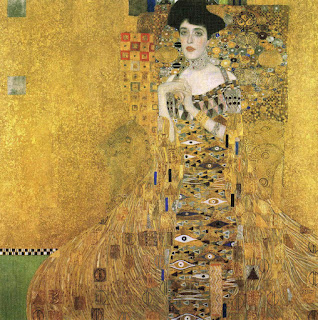 |
| Portrait of Adele Bloch-Bauer by Gustav Klimt |
Closer to us, last September, prosecutors seized in New York City a piece of floor mosaic from one of Roman Emperor Caligula’s opulent private ships discovered in 1928 by Italian Archaeologists.
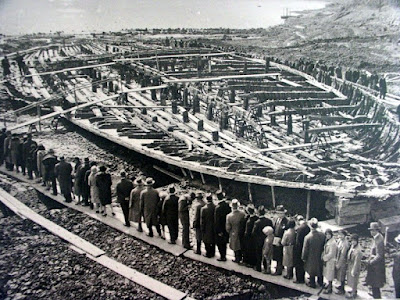 |
| One of Caligula's ship discovered in 1928. |
The mosaic, stolen from an Italian museum during World War II was in the possession of an antiques dealer of New York. She had bought it in good faith in the 60’s from an aristocratic Italian family and was unaware of its origins.
For much of the past five decades, the four-by-four piece of mosaic - featuring a complex geometric pattern made of pieces of green and red porphyry, serpentine and molded glass - had been sitting in their Park Avenue apartment, where it was used it as a coffee table.
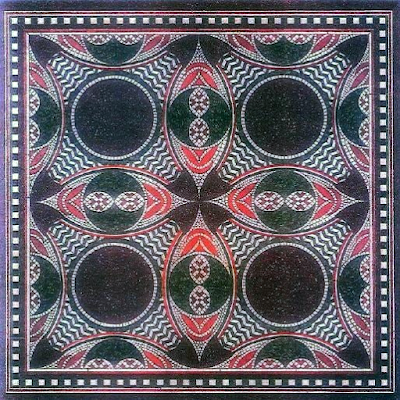 |
| The mosaic retrieved from the Caligula Ship |
Caligula, whose real name was Gaius Julius Caesar, was emperor between 37 and 41 AD. His short rule came to a bloody end when he was assassinated by officers of the Praetorian Guard, amid a revolt over his terrible behaviour and reckless spending.
The mosaic is on its way back to Italy.
In a next post I’ll tell you about a Roman mosaic looted from a Syrian museum by ISIS, which a Turkish smuggler proposed to sell me.
 |
| Mosaic stolen from a Syrian Museum. |
I am a French mosaicist
living in Headland, Alabama, USA.
My Art is about inspiring people.
You can see some of my work
You can contact me either by phone
at (334) 798 1639 or by email at
You can also subscribe to my


